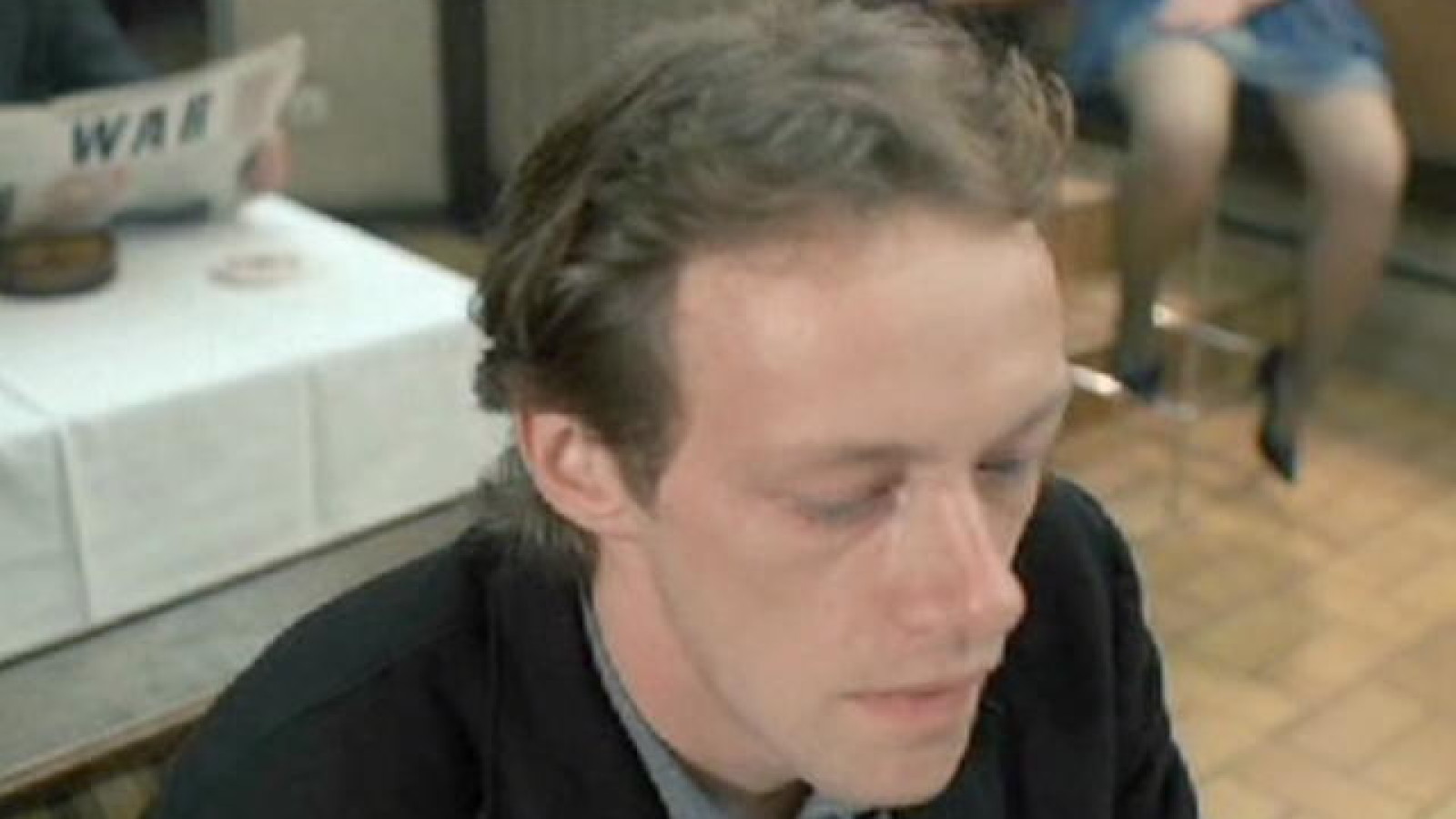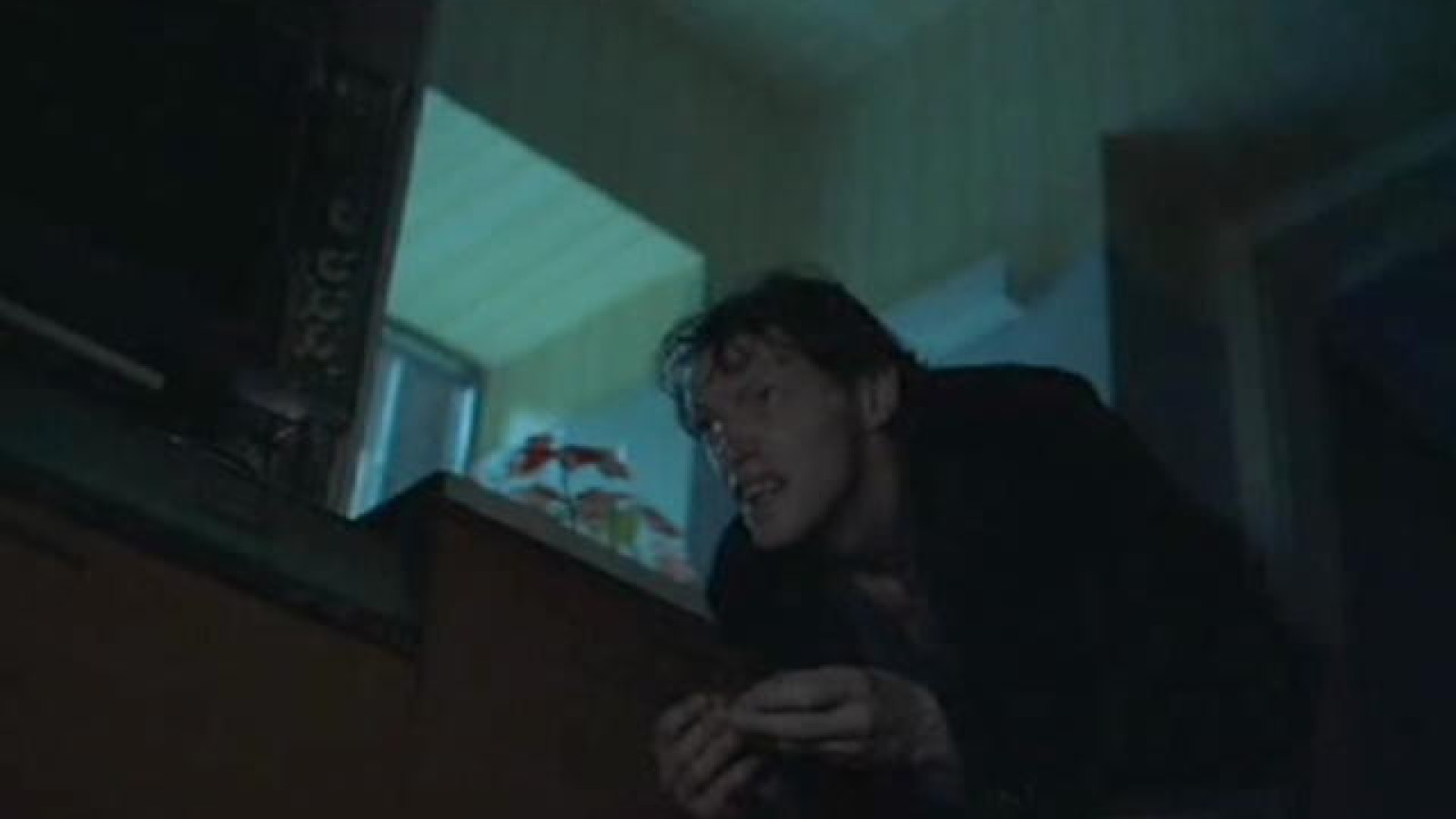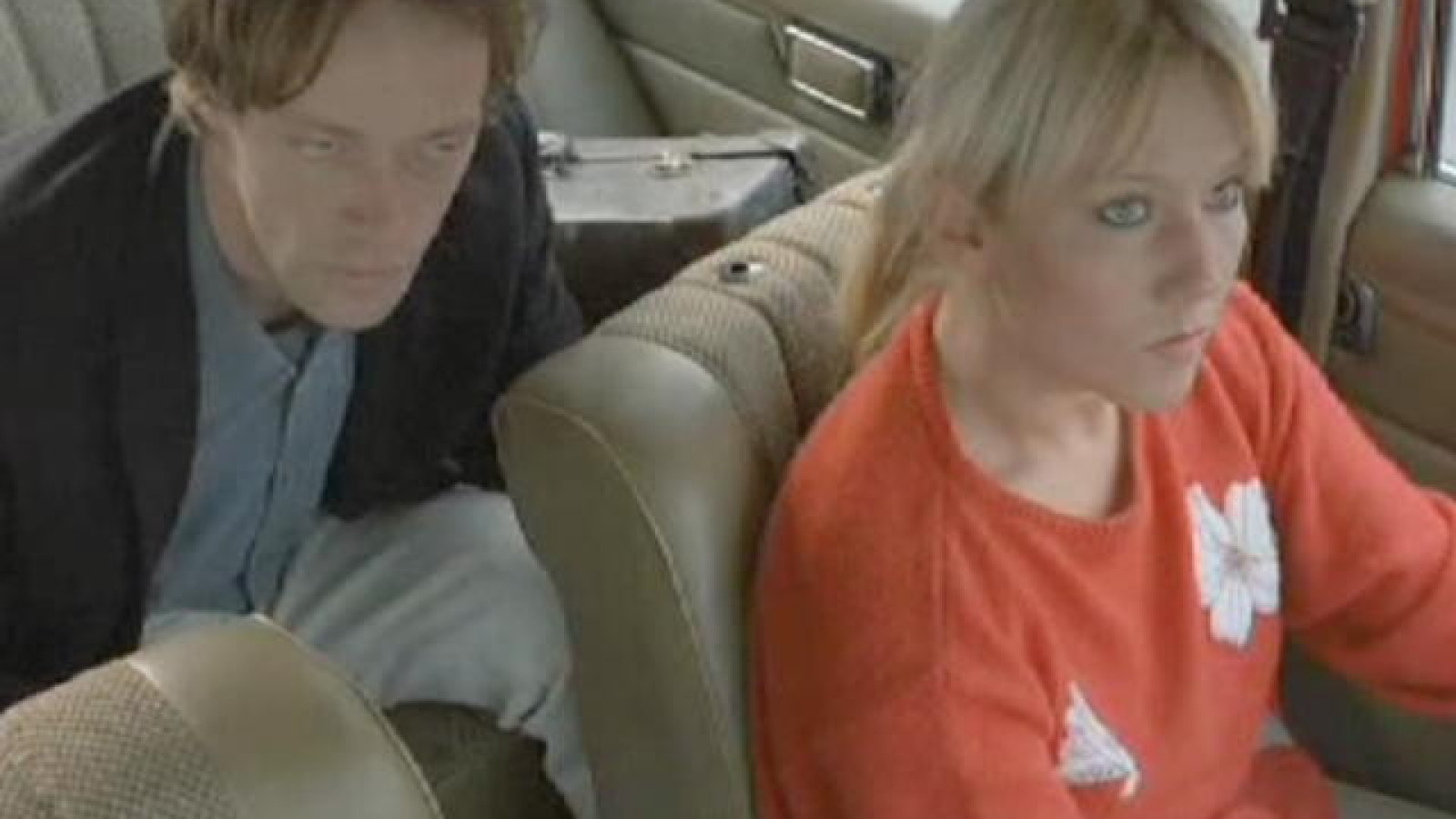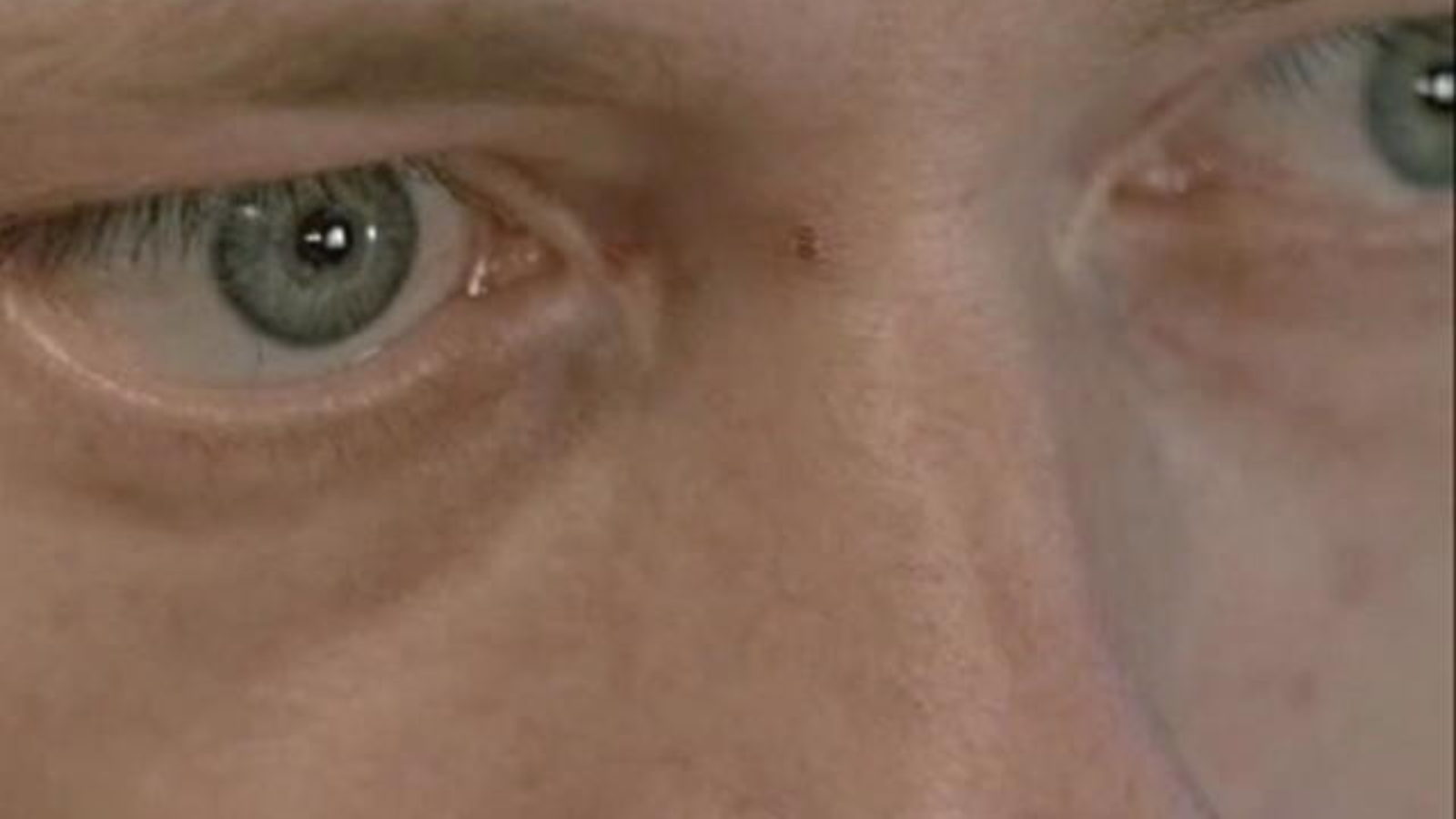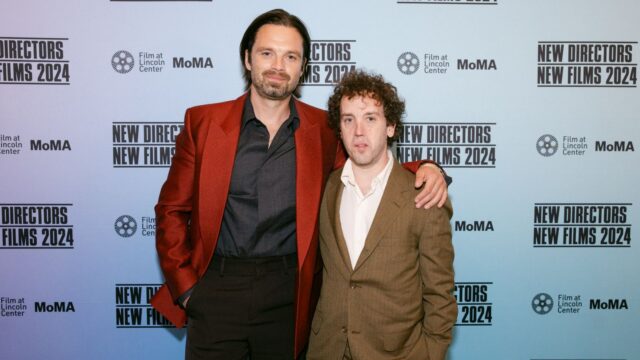Angst
Closing Night
Followed by a reception co-hosted with Viva Radio!
It’s said that “once a killer, always a killer.” And, indeed, for the unnamed psychopath at the center of Angst, 10 years of jail time for murder has done nothing to keep his demons at bay. The day he is released, he immediately feels the urge to kill again, and attempts to do just that with one of the first people he encounters. When that fails, he moves on to an isolated house, where a series of violent acts take place that are hard to watch but impossible to look away from. That’s partly because the killer, loosely based on real-life madman Werner Kniesek, is played by Erwin Leder with brilliant creepiness, and partly because the jarringly deglamorized violence is depicted with uncustomary realism. Angst might almost feel documentary-like if it weren’t so stylized—with stunning camerawork by Zbigniew Rybczynski, who also edited and co-wrote the script; score by one-time Tangerine Dream member Klaus Schulze; and direction by Gerald Kargl, who sadly never went on to make another film. Those with a cast-iron stomach and the necessary willpower can now see Angst on 35mm, and discover for themselves why Kargl’s film maudit, practically unseen in the U.S., has become a semi-legendary object well on its way to cult status, and why it’s been such a monumental inspiration for shock-cinema provocateur Gaspar Noé, who calls the film “one of the masterpieces of the decade.” A deeply disturbing yet spellbinding experience. (Warning: the film was banned in numerous countries and originally rated X.)

